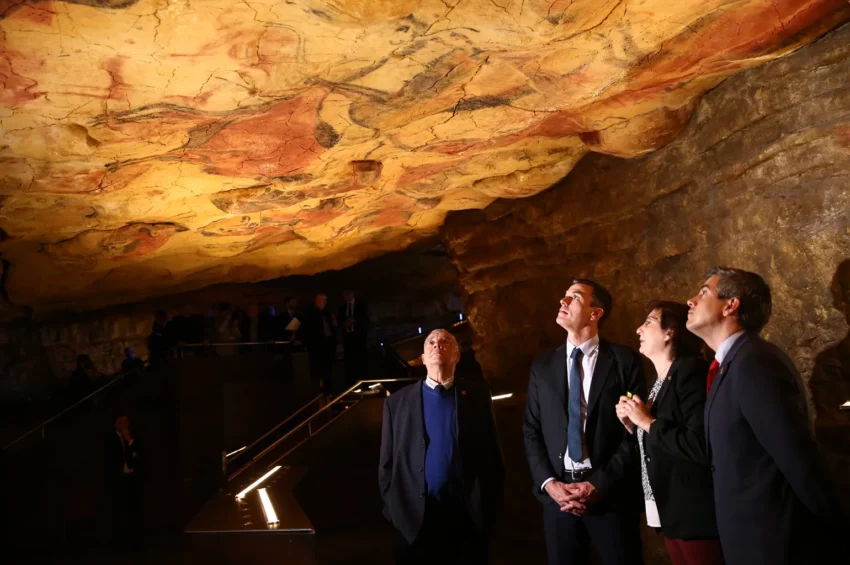The Mystical Cave of Altamira: A Journey Through Time
The Cave of Altamira, located near Santillana del Mar in Cantabria, Spain, offers a breathtaking glimpse into prehistoric art. This cave complex, discovered in 1868, showcases remarkable charcoal drawings and polychrome paintings of local fauna and human hands from the Upper Paleolithic period, around 36,000 years ago.
Get your dose of History via Email
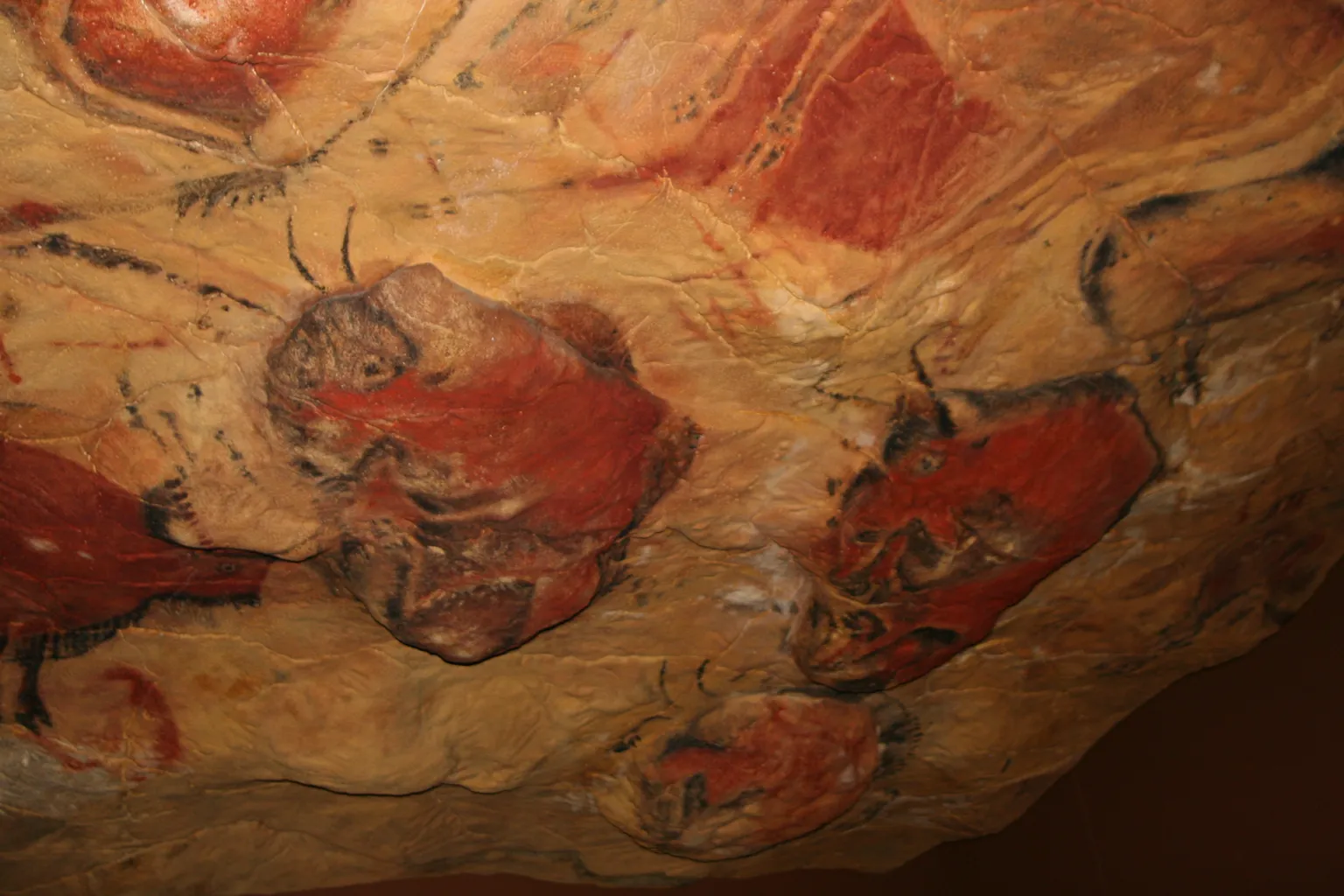
An Accidental Discovery
The discovery of the Altamira cave was quite accidental. Modesto Cubillas stumbled upon it, but it was Marcelino Sanz de Sautuola who truly unveiled its wonders. He, alongside his daughter Maria, recognized the significance of the cave’s artwork. Despite the initial acclaim, Sautuola’s findings sparked a controversy among experts. Many doubted that prehistoric humans could create such sophisticated art. This debate raged on until 1902, when further discoveries confirmed the authenticity of the paintings.
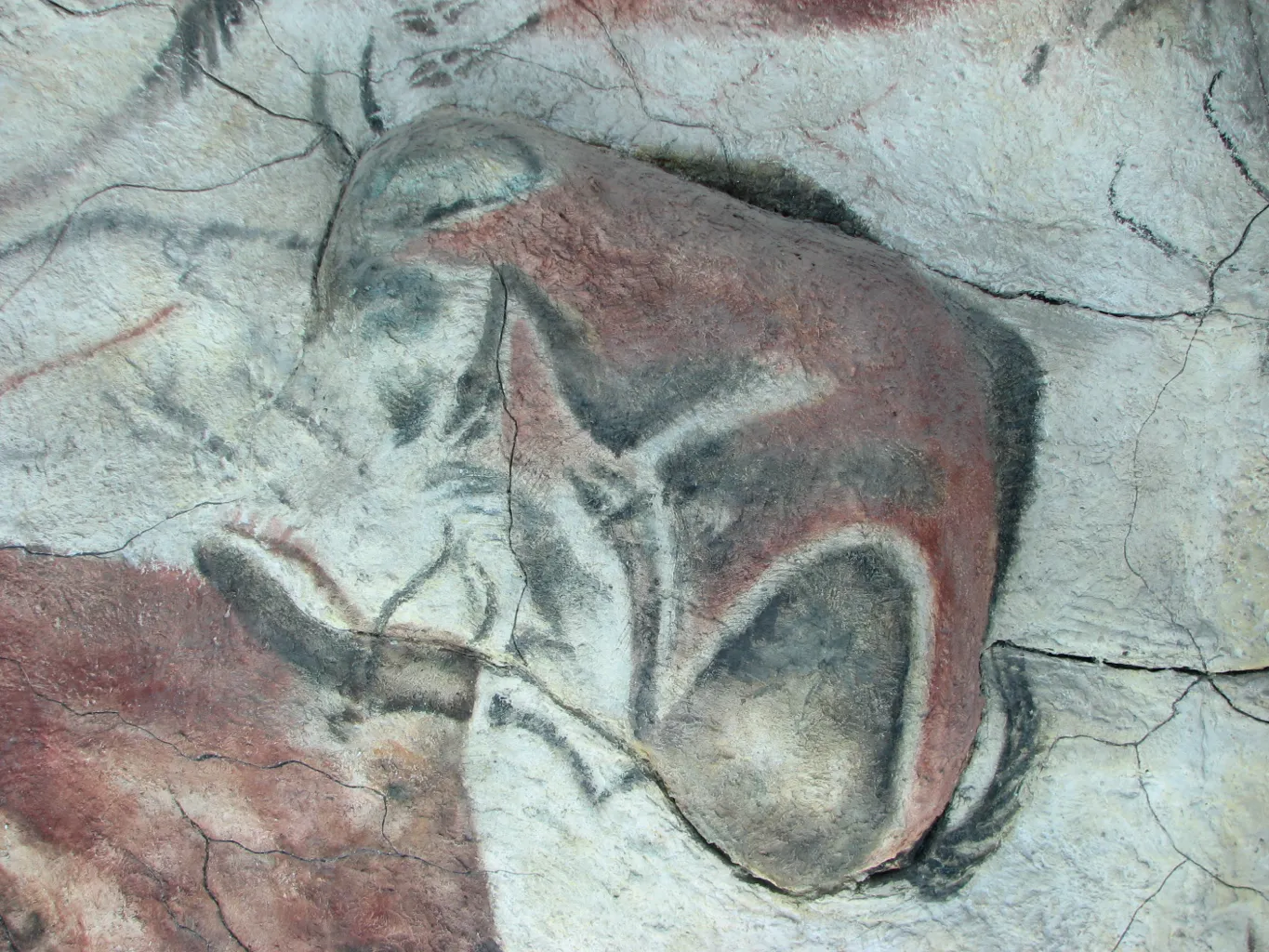
The Artistic Marvels
Altamira’s fame largely stems from its impressive art. The cave is approximately 1,000 meters long, with twisting passages and chambers. Its main passage ranges from two to six meters in height. The artists used charcoal and ochre or hematite, often diluting these pigments to create variations in intensity. They exploited the natural contours of the cave walls to give their subjects a three-dimensional effect.
One of the most notable sections is the Polychrome Ceiling, which depicts a herd of extinct steppe bison, horses, a large doe, and possibly a wild boar. These paintings, dated to the Magdalenian period, also include abstract shapes and handprints. Solutrean paintings feature horses, goats, and more handprints, created by blowing pigment over hands placed on the cave wall.
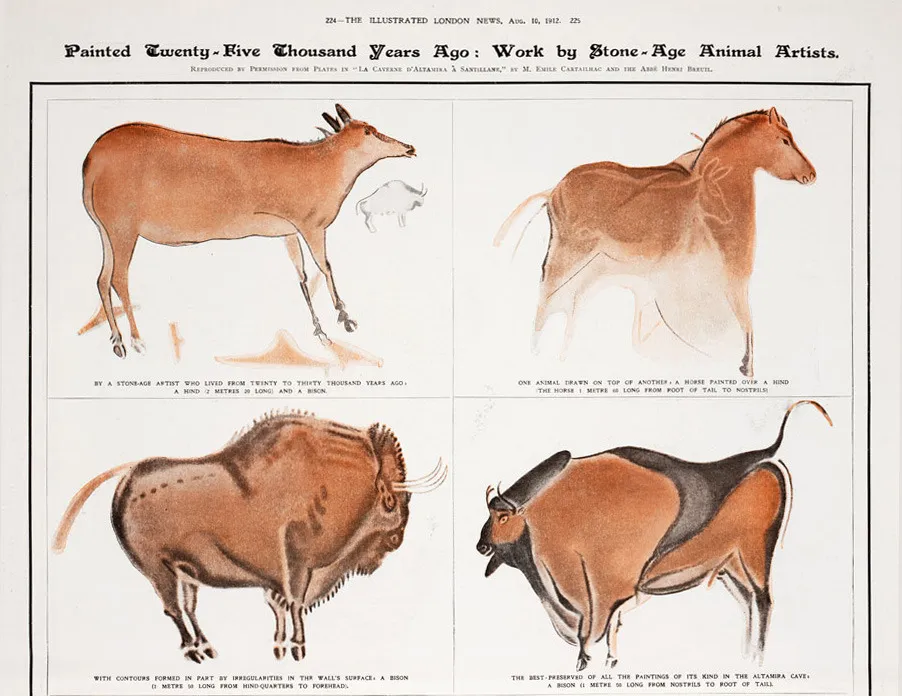
Excavations and Controversies
In 1879, Sautuola and archaeologist Juan Vilanova y Piera excavated the cave, publishing their findings in 1880. Their work faced severe skepticism, particularly from French experts who accused Sautuola of forgery. The absence of soot marks on the walls and ceilings fueled these accusations. Later, it was understood that marrow fat, used as lamp oil, produced much less soot.
In 1902, Gabriel de Mortillet and Émile Cartailhac retracted their opposition. Cartailhac even admitted his mistake in the famous article “Mea culpa d’un sceptique.” Unfortunately, Sautuola did not live to see his vindication, having passed away 14 years earlier.

Scientific Dating and Conservation
Dating the artifacts and paintings in Altamira remains a topic of scientific debate. Uranium-thorium dating in 2008 suggested the paintings were completed over 20,000 years. A 2012 study dated some paintings to 36,000 years ago, while others were around 22,000 years old. This broad timeline indicates that Altamira’s art evolved over many millennia.
Due to damage from carbon dioxide and water vapor from visitors’ breath, Altamira was closed to the public in 1977. Limited access resumed in 1982, but further conservation issues led to another closure in 2002. Replicas of the cave and its art were built nearby and in several museums worldwide, allowing the public to appreciate these masterpieces without harming the originals.
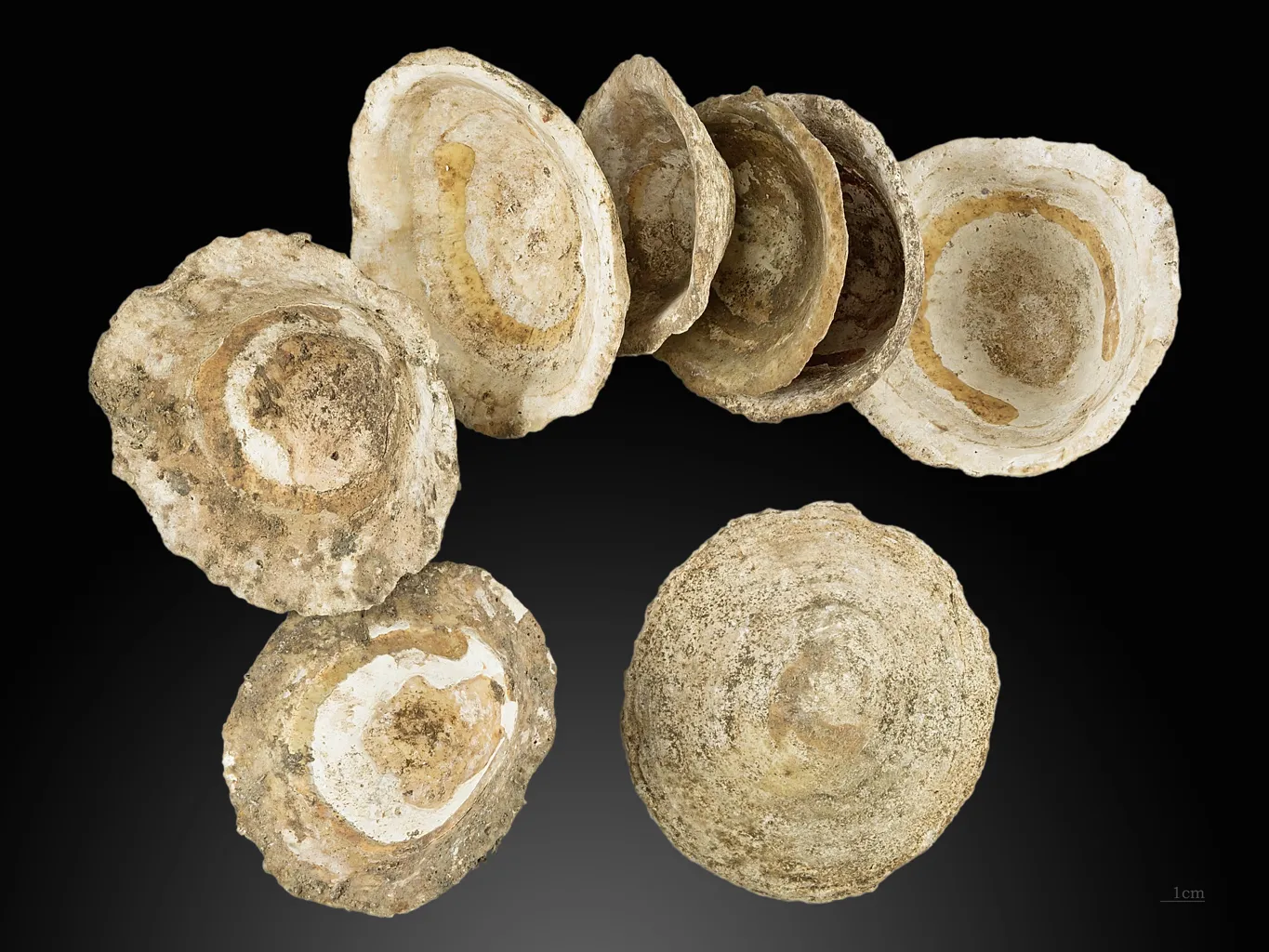
Cultural Impact
Altamira’s influence extends beyond archaeology. Its polychrome paintings are iconic in Spanish culture. The Cantabrian government’s tourism logo features one of the cave’s bison. The 20th-century cigarette brand Bisonte used a similar image.
The cave has inspired various forms of media, including the Spanish comic series Altamiro de la Cueva and the song “The Caves of Altamira” by Steely Dan. Even the mid-20th-century dinnerware line Primitive drew inspiration from Altamira’s art.
In 2016, the film “Altamira,” starring Antonio Banderas, brought the cave’s discovery story to the big screen, further cementing its place in popular culture.
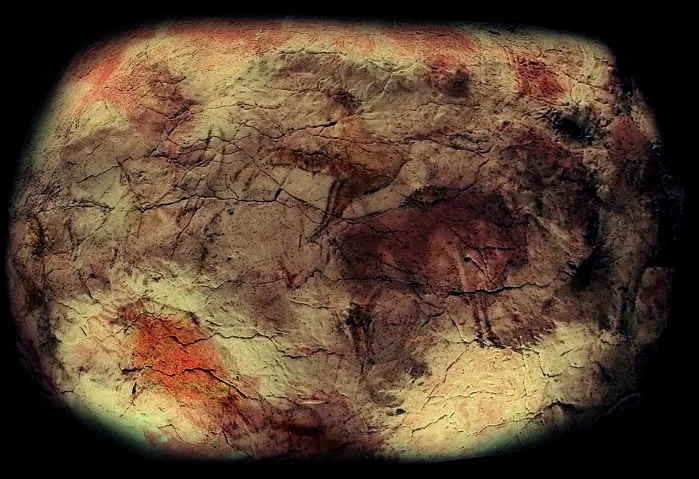
Conclusion
The Cave of Altamira remains a testament to human creativity and resilience. Its discovery and subsequent controversies highlight the evolving understanding of our prehistoric ancestors. Despite being closed to the public, Altamira’s legacy continues through replicas and cultural references, allowing us to marvel at the artistic achievements of ancient humans.
Sources:

